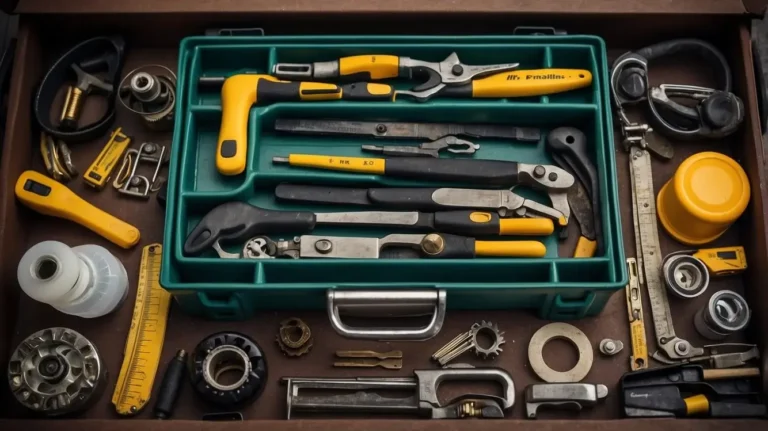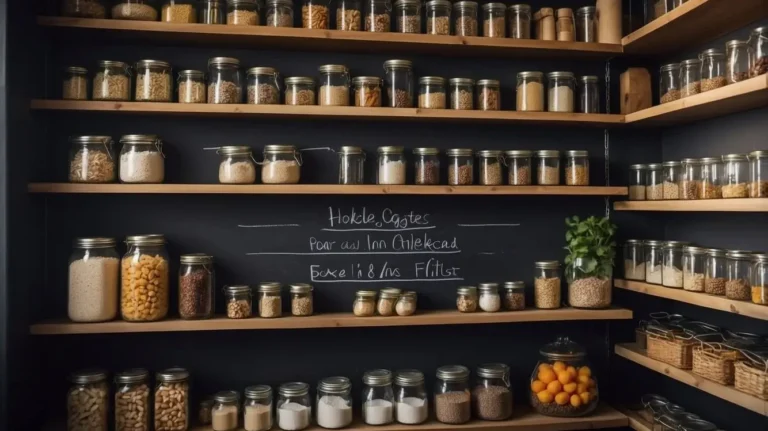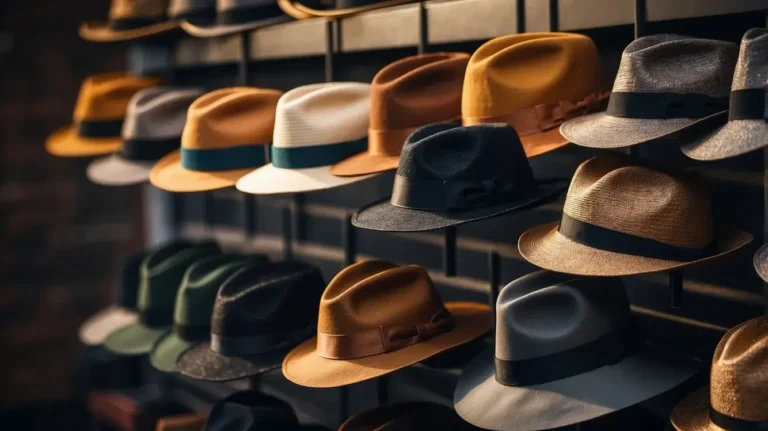Explore the intersection of creativity and self-expression with “What Is Art Journaling?” Unleash your imagination through mixed media, sketches, and personal narratives in a unique visual diary.
What is Art Journaling
Art journaling is a fantastic journey on which I embark to unleash my creativity. Imagine a space where my thoughts, emotions, and artistic experiments come to life – that’s what an art journal is for me!
It combines elements of writing and sketching with a range of mixed-media artwork.

I find joy in expressing myself through colors, shapes, and textures. My art journal is not just a notebook; it is a playground for my mind where I can scribble, paint, and attach mementos like a piece of an old ticket or a dried flower.
Art journaling allows me to use visual elements to pour my thoughts and feelings onto paper.
Here’s a quick snapshot of what I might include:
- Sketches and Doodles: They capture fleeting ideas in my head.
- Painting: It’s a splash of colors mirroring my mood.
- Collage: A collage can be a pieced-together story or memory.
- Writing: Sometimes I weave in words or quotes that resonate with me.
Art journaling is therapeutic, helping me to articulate and navigate my feelings. It’s my retreat where I can be messy, perfect, silly, or profound. There are no rules I need to follow, and I love its liberating nature.
Every page I create reflects a moment in my life, making it immensely personal. Whether I use art journaling for relaxation or meditation, it is a liberating tool that fuels my creativity and self-awareness.

It’s incredible how something as simple as a journal can be transformed into a chronicle of my life’s journey.
Materials and Tools
Art journaling isn’t just a hobby; it’s a voyage through creativity that requires only simple tools. The magic unfolds on paper with splashes of ink and strokes of paint.
Let me guide you through picking the essentials!
Choosing a Journal
The thrill of starting an art journal begins with selecting the perfect canvas for my creations. It’s not an exaggeration to say the right journal feels like a companion that embarks on the journey with me.
Here’s a quick rundown:
- Size and Portability: I think about whether I’ll be journaling on the go or at home. A5-sized journals are great for travel, while larger ones provide expansive space for creativity.
- Paper Quality: Since I love mixed media, I prefer a journal with heavyweight (at least 140gsm) paper to withstand watercolors and acrylics without warping.
- Binding: A journal that lays flat when open gives me an unrestricted surface to work on, which is crucial for seamless two-page spreads.
Selecting Art Supplies
With my journal in hand, it’s time to gather the art supplies that excite my heart.

Here’s what I typically reach for:
- Pens and Markers: A set of fine-liner pens for crisp lines and vibrant markers for bold color applications.
- Paints: Watercolor and acrylic paints are my go-to. I pick ones with good pigmentation for a stunning visual impact.
- Adhesives: I keep a glue stick or gel medium nearby for affixing scraps and ephemera.
- Additional Textures and Mediums: Things like washi tapes, stickers, and stencils add fun layers and depth to each page.
Remember, the key to a fulfilling art journaling experience lies within the interplay of quality materials that resonate with your style. Let the excitement of each hue and texture be your guide!
Techniques and Prompts
Art journaling is a dynamic expression that blends the written word with visual artistry. I explore various techniques and prompts that keep the creative juices flowing. It’s about layering, experimenting, and seeing where the page takes me.
Basic Techniques
Layering: I often start with superficial layers, adding two or three elements like paint, ink, or collage on my journal page. As art journalists suggest, working in layers can give pages depth and interest.
Mixed Media: Combining different materials — from watercolors and acrylics to magazine cutouts and fabric — is something I do to make each page a multisensory snapshot of my thoughts and mood.

Table of Common Art Journal Techniques I Use:
| Technique | Description | Why I Love It |
|---|---|---|
| Washi Tape | Adds patterns and borders with ease. | Quick way to add whimsy and charm. |
| Stenciling | It adds a touch of sophistication to my pages. | A quick way to add whimsy and charm. |
| Stamping | Presses inked designs onto the page. | It’s like signing my work with a personal touch. |
Creative Prompts
Color Play: I dive into my emotions by choosing colors that reflect my current mood and using them as a page’s starting point. Whether it’s the blues of melancholy or the reds of passion, I let the hues speak.
Quotes & Words: I use my art journal to collect inspiring quotes and words. A single word or quote can blossom into a full page of exploration.
List of Prompts I’ve Tried Recently:
- Abstract Adventures: Challenging myself to create an abstract piece helps me to focus on the process rather than the result.
- Dream Doodles: I sketch scenes or symbols from recent dreams and interpret them through doodles and colors.
- Collage a Memory: I choose an old photo and build a collage around it, layering my current thoughts on top of a captured moment.
Each technique and prompt in art journaling opens up a new door in my creative journey, and I am always excited to see where the next page will lead.
My Opinion on What is Art Journaling

Art journaling is a profoundly enriching and liberating practice that speaks to my soul on multiple levels. It transcends conventional notions of creativity, inviting individuals to explore their innermost thoughts and emotions through myriad artistic mediums.
What captivates me most about art journaling is its inherent freedom—a blank page transformed into a boundless canvas where imagination knows no bounds. With each stroke of color, collage, or sketch, I immerse myself in limitless possibilities where self-expression reigns supreme.
Art journaling is not about perfection but authenticity and vulnerability, embracing imperfections as part of the creative journey. Through this process, I discover facets of myself I never knew existed, confront fears, celebrate victories, and find solace in the act of creation.
Moreover, art journaling fosters a profound sense of mindfulness, allowing me to fully immerse myself in the present moment and connect with my innermost thoughts and feelings.
Did you like this post about What is Art Journaling? 💡You might also like the following articles:
FAQ – What is Art Journaling
What is the purpose of keeping an art journal?
Keeping an art journal visually captures emotions, experiences, and creative ideas, fostering self-expression, exploration, and personal growth. It’s a sanctuary for creativity, reflection, and experimentation, offering a therapeutic outlet for artists of all levels.
What are the rules for an art journal?
Rules for art journaling? Break them! There are no strict rules—only guidelines. Embrace spontaneity, mix media fearlessly, and let your intuition guide you. It’s your space for self-expression, so make it uniquely yours.
What is Art Journaling, and what does it look like?
An art journal is as diverse as its creator. It can resemble a traditional book, a spiral-bound notebook, or even a repurposed binder. Its pages may be filled with drawings, paintings, collages, or mixed-media creations, reflecting the artist’s unique style and vision.
What is the difference between an art journal and a sketchbook?
An art journal is a playground for experimentation, emotions, and personal reflection, welcoming a variety of mediums, styles, and techniques. On the other hand, a sketchbook often focuses more on capturing observational drawings and sketches, although the lines between the two can blur based on individual preference.
If you liked this post about the topic: What is Art Journaling? Don´t forget to leave us a comment below to tell us about your experience.






